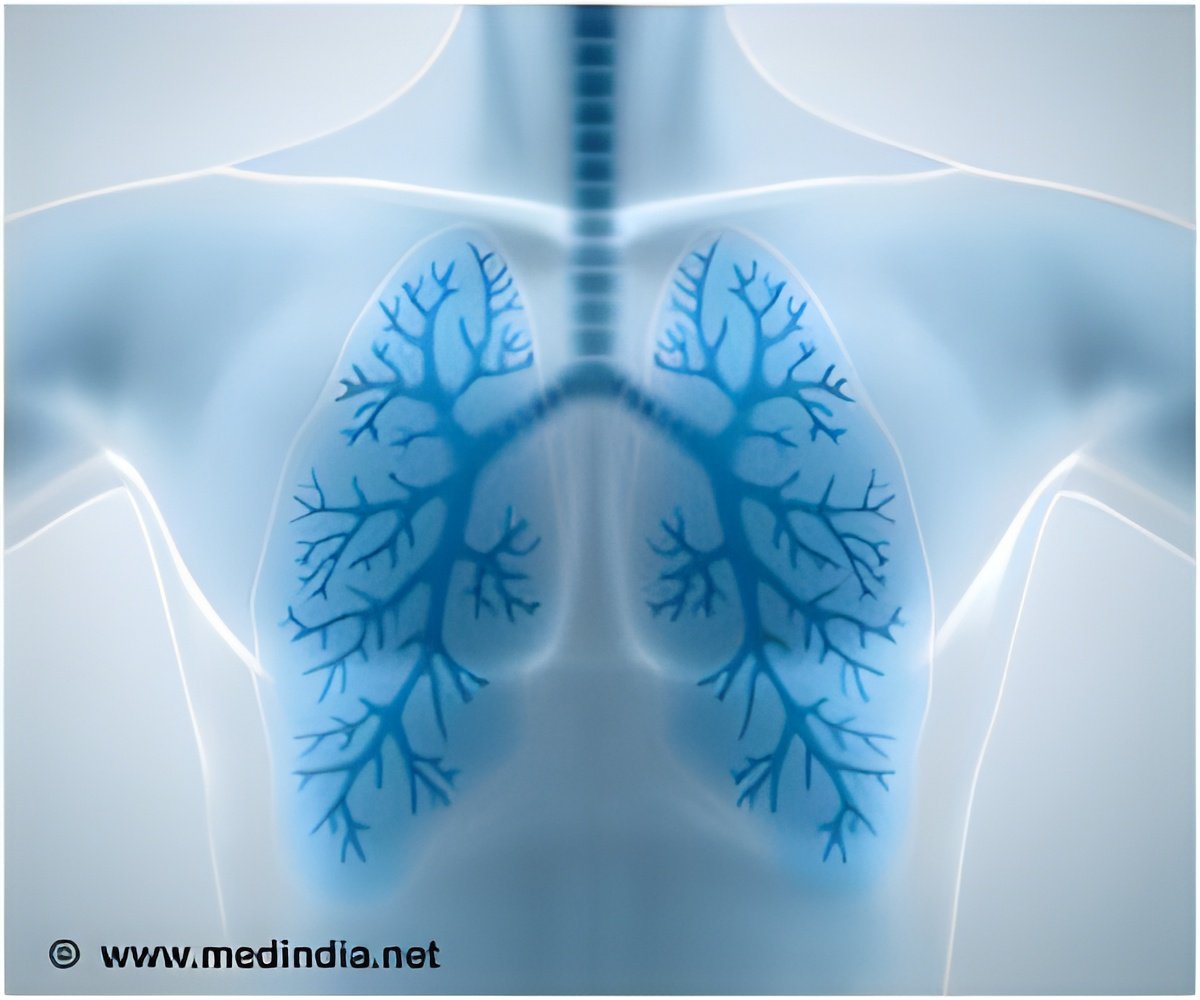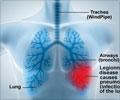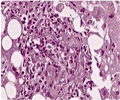It is well-known that many different microbes can cause pneumonia, and treatment may be delayed if doctors cannot tell which bug is the culprit.

Currently difficult to diagnose, this type of fungal pneumonia often requires a lung biopsy for definitive identification. For debilitated patients with weakened immune systems, including organ or bone marrow transplant recipients and patients on chemotherapy, such an invasive procedure may be challenging. A non-invasive method that can also identify the type of fungus causing pneumonia could lead to earlier and more targeted treatment in these cases.
Sophia Koo, MD, of Brigham and Women's Hospital in Boston, and a team of researchers wondered if they could find a unique "chemical signature" in the breath of patients being evaluated for fungal pneumonia. In the lab, they identified several compounds, or metabolites, normally produced by Aspergillus fumigatus and other fungi that can cause pneumonia.
The researchers then analyzed breath samples from 64 patients with suspected cases of invasive aspergillosis and assessed whether it was possible to distinguish patients with this fungal pneumonia from patients who did not have this illness. Based on the identification of these fungal compounds in the breath samples, they identified patients with the fungal infection with high accuracy—94 percent sensitivity and 93 percent specificity. (In other words, the method was able to detect 94 percent of patients who actually had or likely had the disease, and misidentified as infected 7 percent of patients who were not actually infected.)
There were no adverse events related to the breath collection procedure, the authors reported. It was well-tolerated, including by patients who had difficulty breathing or required supplemental oxygen.
"Identification of the underlying microbial etiology remains elusive in most patients with pneumonia, even with invasive diagnostic measures," Dr. Koo said. "Our findings provide proof-of-concept that we can harness detection of species-specific metabolites to identify the precise microbial cause of pneumonia, which may guide appropriate treatment of these infections."
Advertisement
Fast Facts:
• Invasive aspergillosis is a cause of fungal pneumonia that is difficult to diagnose, and it is a leading cause of mortality in immune-compromised patients.
• Researchers were able to detect key compounds, or metabolites, produced by Aspergillus fungi in the breath of patients with fungal pneumonia.
• Using this approach, researchers correctly distinguished patients with invasive aspergillosis from those who did not have the illness.












